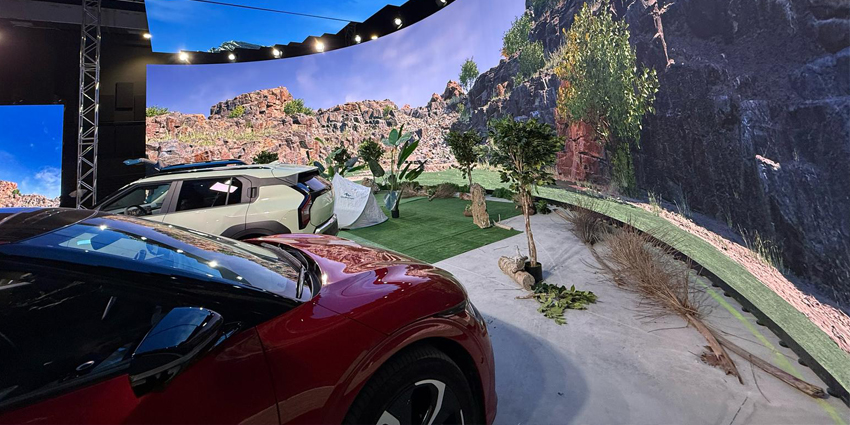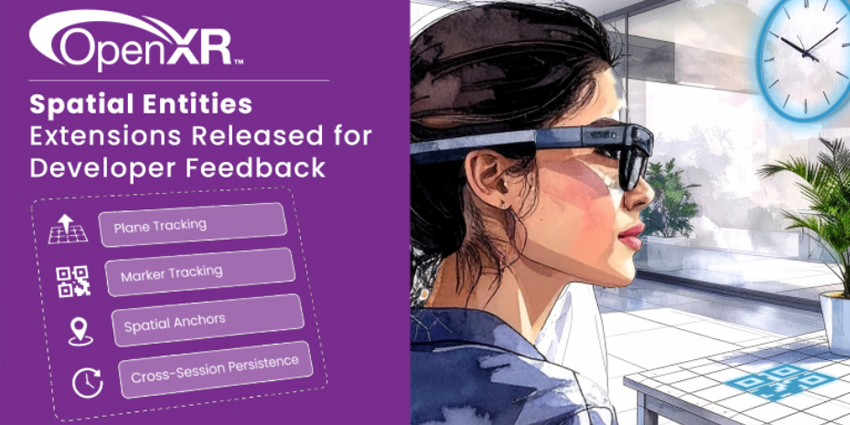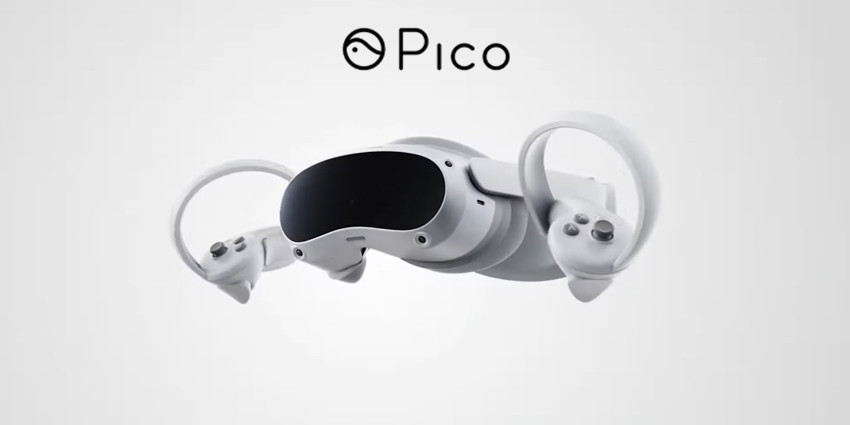This month, Meta Quest received its V60 update, which, among a trove of new features, reduces the rate of motion sickness in users – as reported by Anroidcentral.
Coming just in time for the holidays and a potential adoption rate increase, the Meta Quest V60 update introduces full-body tracking into its Meta Quest 3, Meta Quest Pro, and Meta Quest 2 headset portfolio.
The body-tracking dramatically helps reduce motion sickness thanks to the feature’s ability to replicate a user’s body movements and, therefore, minimise disorientation.
The body tracking feature uses the Quest’s outward-facing tracking camera to sync a user’s arm, shoulder, and torso movements, replicating this in an immersive application.
Moreover, Meta Quest v60 includes various other updates to optimise the leading headset brand. Notably, the Meta Quest update introduces new features to the Home environment, including three new Horizon Home environments and a Layout Utility application that reproduces a user’s re-world home items, such as furniture, within the Home immersive space.
The update also includes improvements to user profiles, Bluetooth settings, Quest 3 public channels, pass-through application loading, safe browsing, Guardian boundary, Quest Pro performance, end-to-end encryption for cloud backup, and phone notifications discontinuation.
What is Motion Sickness in VR?
Although VR motion sickness is common, manufacturers and users can take steps to improve their virtual experiences. XR environments are great for training, gaming, and collaboration but can cause motion sickness symptoms in some users.
Common symptoms of VR motion sickness include:
- Fatigue
- Dizziness
- Headaches
- Cold sweats
- Queasiness
- Vomiting and nausea
Entering a VR world can cause motion sickness due to the movements simulated in the environment, such as moving landscapes and avatars. The more dramatic an in-application movement, the higher the chance for a user to feel sick.
There are various steps that a user can take to ensure their onboarding process is smooth, guaranteeing a good user experience. These steps are also necessary when showing the XR application to enterprise discussion makers because first impressions count and a smooth XR experience is critical.
Steps include:
- Step 1: Start Slowly
- Step 2: Calibrate the Headset to Avoid VR Motion Sickness
- Step 3: Adjust the Device for Eyewear
- Step 4: Take Breaks for Breathing
- Step 5: Ensure a Seamless Wireless Connection
- Step 6: Consider Motion Sickness Remedies
VR motion sickness is a common problem many people who use immersive technologies face. It can affect up to 70 per cent of first-time users within just 15 minutes of their experience. However, there are ways to address this issue. Even if the solutions mentioned above do not work for you, there is still hope, as VR solutions will become more user-friendly, accessible, inclusive, and comfortable in the future.
However, VR sickness is a persistent and common concern for business leaders and employees ever since immersive devices began entering the workplace, and the issue could create a significant hurdle in the ubiquity of workplace XR headsets.
VR headsets can potentially improve workplace collaboration, training, and innovation. Some early adopters and vendors even consider replacing the traditional computer monitor with VR headsets. However, using immersive devices can cause side effects that could hinder this transition. As more companies adopt VR, new research highlights various issues associated with their use and how to solve these emerging issues.







